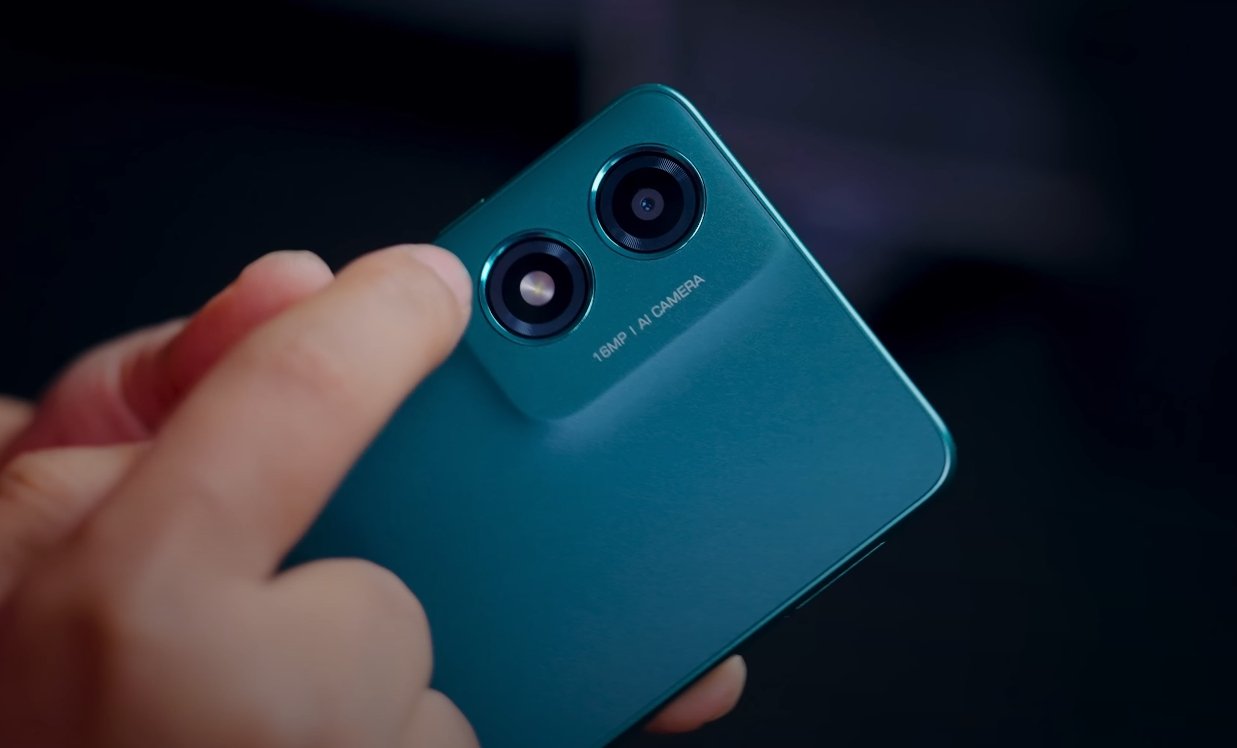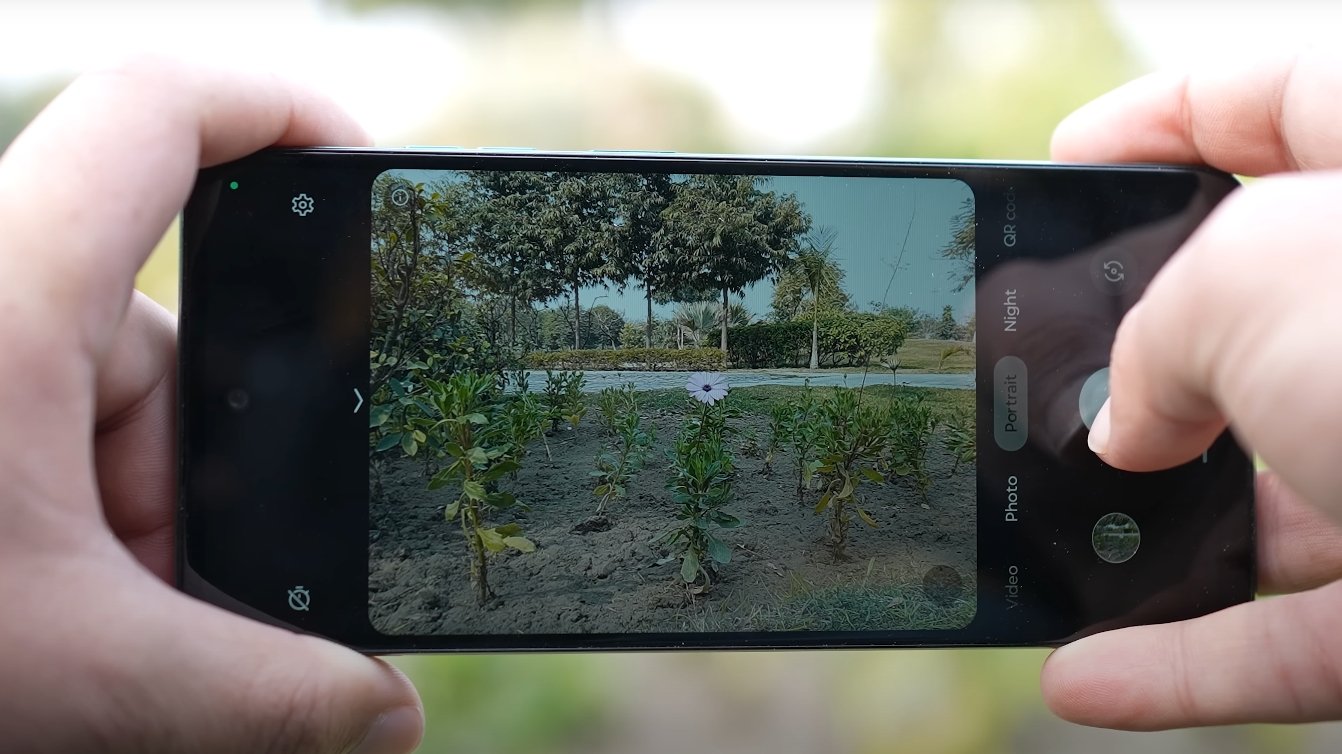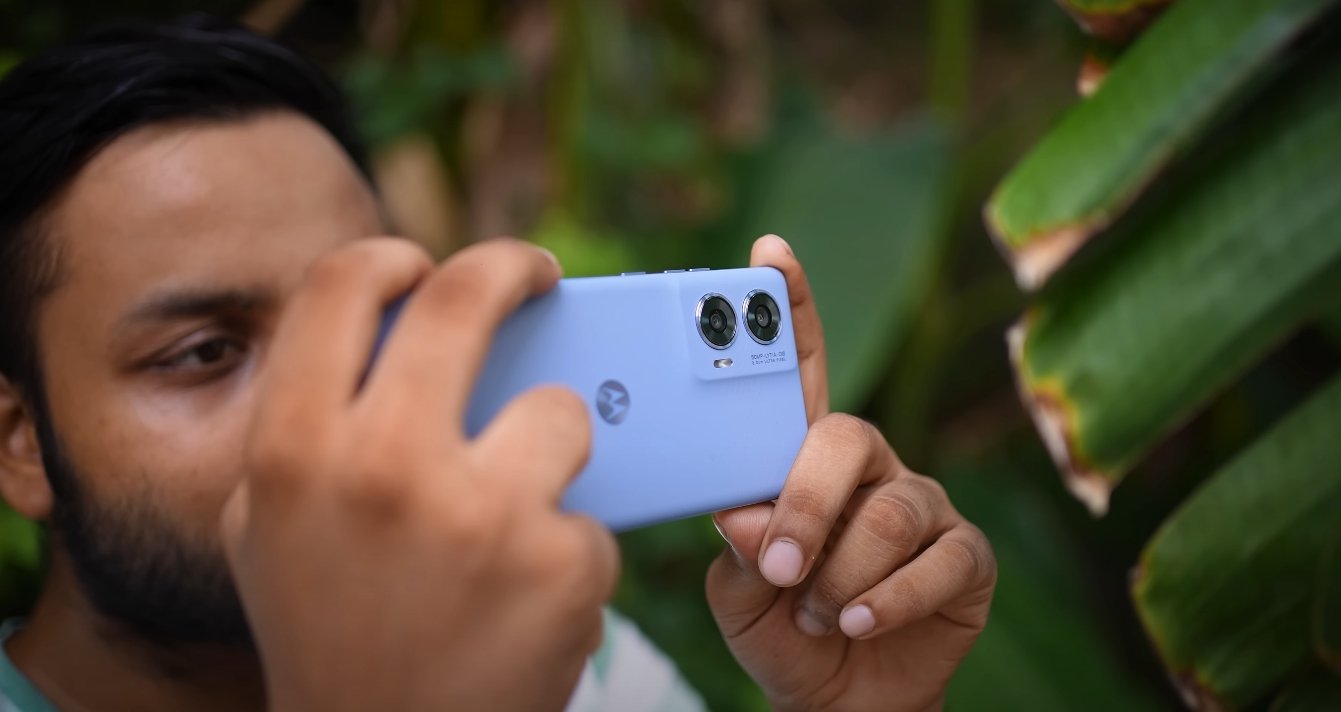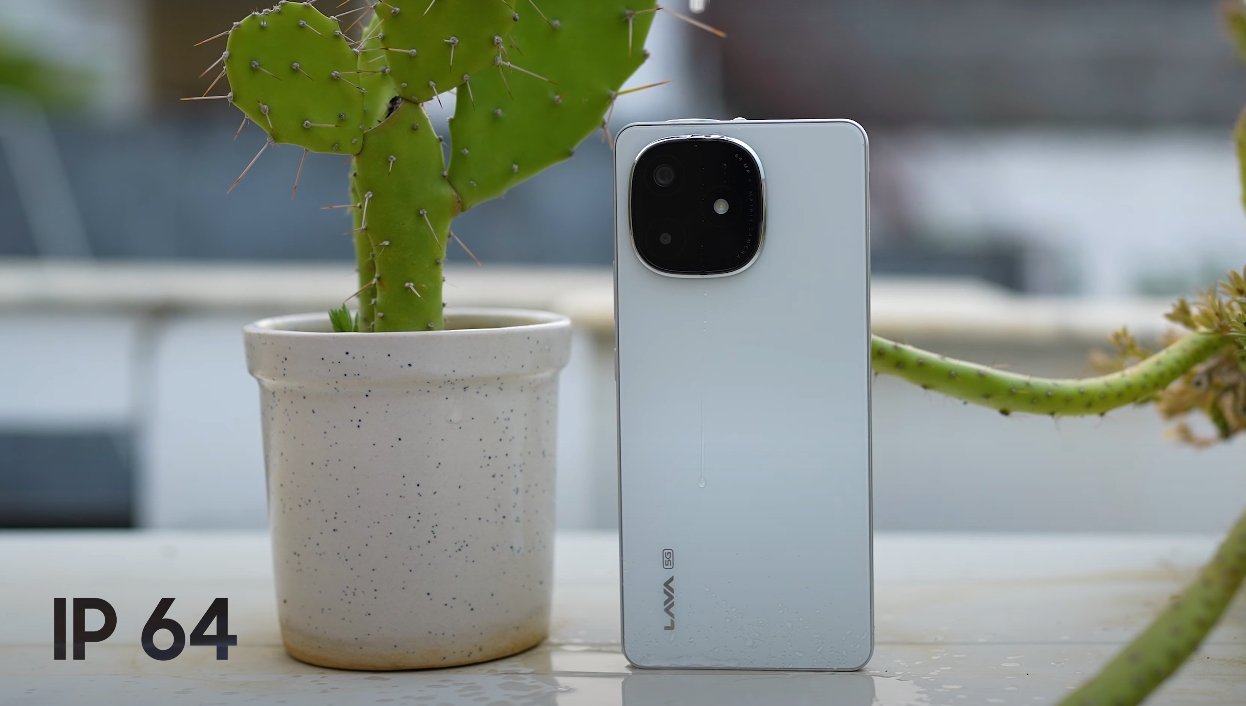Evaluating Night Photography Performance
The Moto G06 Power has generated attention in the budget smartphone market for its enormous 7,000 mAh battery, but many buyers in the United States are also curious about how its camera will handle low-light photography. While official reviews with extensive photo samples are still pending, early specifications and performance expectations give us enough insight to analyze what American users can expect when using the Moto G06 Power in dim conditions.
At the center of the Moto G06 Power’s camera setup is a 50 MP main sensor with an f/1.8 aperture, paired with supporting sensors for depth and macro capabilities depending on the variant. On paper, the f/1.8 lens should allow a reasonable amount of light into the camera, improving clarity in darker environments compared with entry-level devices that use smaller apertures. However, the absence of optical image stabilization means longer exposures in low light could lead to motion blur, especially if the subject is moving or if the phone is handheld without steady support.

In practice, this setup suggests that low-light images in the US edition will vary depending on shooting conditions. In brightly lit indoor environments, such as restaurants or offices, the Moto G06 Power is expected to deliver acceptable results with decent color accuracy and manageable noise levels. Outdoors at night or in poorly lit rooms, however, noise will likely become more noticeable. The phone may rely heavily on software processing and noise reduction, which can brighten photos but often reduces sharpness and fine detail.
Another factor that will influence night photography performance is the inclusion of HDR and a possible Night Mode. Motorola typically includes these features in its budget lineup, and they are expected to be part of the Moto G06 Power software in the US. HDR can help balance highlights and shadows, especially in cityscapes or street shots with mixed lighting. A dedicated Night Mode, if implemented well, could extend exposure times to capture more light. While this can improve brightness and detail in dark areas, it requires users to hold the phone very steady. Any shake may produce ghosting or blur, a limitation that users will need to keep in mind.
The front-facing camera, an 8 MP sensor, is also an area of interest for US buyers who take selfies in the evening. With its smaller aperture and lower resolution compared with the main sensor, the front camera is expected to struggle more in dim settings. Selfies in low light will likely appear softer with more grain, though software enhancements such as facial smoothing and artificial brightening could make them usable for casual sharing. That said, serious photography enthusiasts may find the results less satisfying compared to more expensive devices.
Video recording performance under low light is another point to consider. While some global reports suggest the Moto G06 Power can capture 4K footage, leaks indicate the US edition may be limited to 1080p at 30 frames per second. Without optical stabilization, low-light video may show noticeable noise and jitter unless supported by external lighting. This will be particularly important for buyers who plan to use the phone for vlogging or social media clips at night.
Despite these limitations, the Moto G06 Power should perform respectably for its price range. Buyers in the United States should set realistic expectations: this is not a flagship camera system, but a budget-friendly solution that performs best in daylight and struggles as lighting decreases. The large battery, however, gives an advantage for night shooting sessions, since users can experiment with multiple shots and modes without worrying about draining power quickly.
In summary, US buyers can expect the Moto G06 Power to deliver functional but not outstanding results in low-light conditions. The 50 MP sensor and f/1.8 aperture provide a solid starting point, but the lack of optical stabilization and limited video options are constraints. For casual evening photos, street shots with HDR, or quick selfies in dim environments, the phone should hold up. For professional-quality night photography, however, it is best to look toward higher-tier smartphones.





